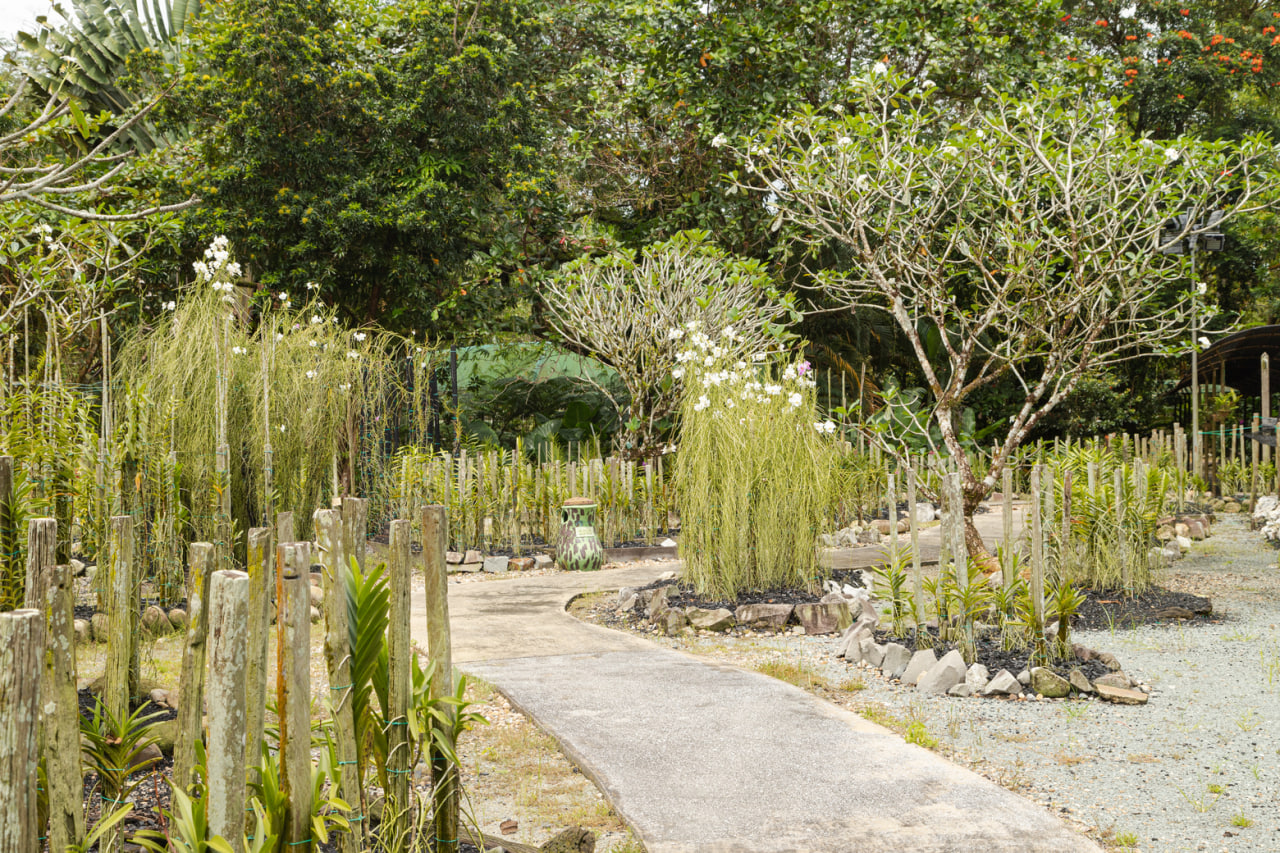How to Start a Career in Landscape Design – A Step-by-Step Guide
Landscape design is a rewarding profession that combines creativity, environmental knowledge, and technical skills to create beautiful and functional outdoor spaces. Whether you are passionate about gardening, architecture, or sustainability, a career in landscape design offers a variety of opportunities to express your talents and make a positive impact.
Starting a career in landscape design may seem overwhelming at first, but with the right plan and resources, you can make steady progress toward your goals. This guide breaks down the essential steps you need to take to build a successful career in this exciting field.
Step 1: Understand What Landscape Design Involves
Before diving in, it’s important to have a clear understanding of what landscape design entails. Landscape designers plan outdoor spaces, balancing aesthetics, functionality, and environmental considerations. They work on residential gardens, parks, commercial spaces, and public projects. The job involves site analysis, creating design concepts, selecting plants and materials, and sometimes supervising installation.
Understanding the scope of the profession will help you decide if it’s the right fit and guide your next steps.
Step 2: Gain Foundational Knowledge and Skills
Landscape design is a multidisciplinary field that requires knowledge in design principles, horticulture, ecology, and technical drawing. Many aspiring designers start by taking foundational courses that cover these areas.
Consider enrolling in online courses, community college classes, or university programs focused on landscape design, horticulture, or environmental design. This will provide you with essential skills such as:
- Plant identification and care
- Garden design principles
- Soil science and drainage
- Landscape drafting and computer-aided design (CAD)
- Sustainable practices and environmental impact
Building a solid foundation prepares you for more advanced study and practical work.
Step 3: Develop Your Technical Skills
In today’s design environment, proficiency with digital tools is crucial. Landscape designers often use software such as AutoCAD, SketchUp, or specialized garden design programs to create detailed plans and 3D models.
Practice using these tools through tutorials, workshops, or courses. You can also use free or trial versions of popular software to experiment and build your confidence. Mastering digital design will increase your employability and allow you to communicate ideas clearly to clients and contractors.
Step 4: Build a Portfolio
A portfolio is essential to showcase your skills, creativity, and style to potential employers or clients. Start by including projects completed during your studies, personal garden designs, or volunteer work.
Document your work with high-quality photos, drawings, and detailed descriptions. Include before-and-after images if possible, to highlight your ability to transform spaces. Over time, update your portfolio regularly to reflect your latest and best work.
A strong portfolio sets you apart and demonstrates your capability in real-world applications.
Step 5: Gain Practical Experience
Hands-on experience is invaluable in landscape design. Look for internships, apprenticeships, or entry-level positions with design firms, nurseries, landscaping companies, or public parks departments.
Practical work exposes you to the realities of site assessment, client communication, project management, and installation processes. It also helps you build professional relationships and gain references.
If paid opportunities are limited, consider volunteering for community garden projects or offering design help to friends and family to gain experience.
Step 6: Network and Join Professional Organizations
Connecting with other professionals in the field opens doors to job opportunities, mentorship, and continued learning. Join landscape design or horticulture associations, attend workshops, and participate in online forums.
Organizations such as the American Society of Landscape Architects (ASLA) or local garden clubs offer resources and networking events. Building a professional network is key to staying updated on industry trends and advancing your career.
Step 7: Consider Certification and Advanced Education
While not always required, certification or licensure can enhance your credibility and job prospects. Many regions offer certifications through professional bodies, which often require a combination of education and work experience.
Advanced degrees in landscape architecture or related fields can open doors to specialized roles and higher salaries. Evaluate your career goals and consider whether further education aligns with your ambitions.
Step 8: Market Yourself and Seek Clients
Once you have the necessary skills and experience, start marketing your services if you plan to work independently. Create a professional website, showcase your portfolio online, and use social media to reach potential clients.
Word of mouth and referrals are powerful, so maintain good relationships with clients and colleagues. Attend local events and offer workshops or talks to establish yourself as an expert in your community.
Step 9: Keep Learning and Evolving
Landscape design is an evolving field influenced by trends, technology, and environmental challenges. Stay curious and committed to learning by reading industry publications, taking advanced courses, and attending conferences.
Continuous improvement will help you remain competitive and offer innovative solutions to your clients.

